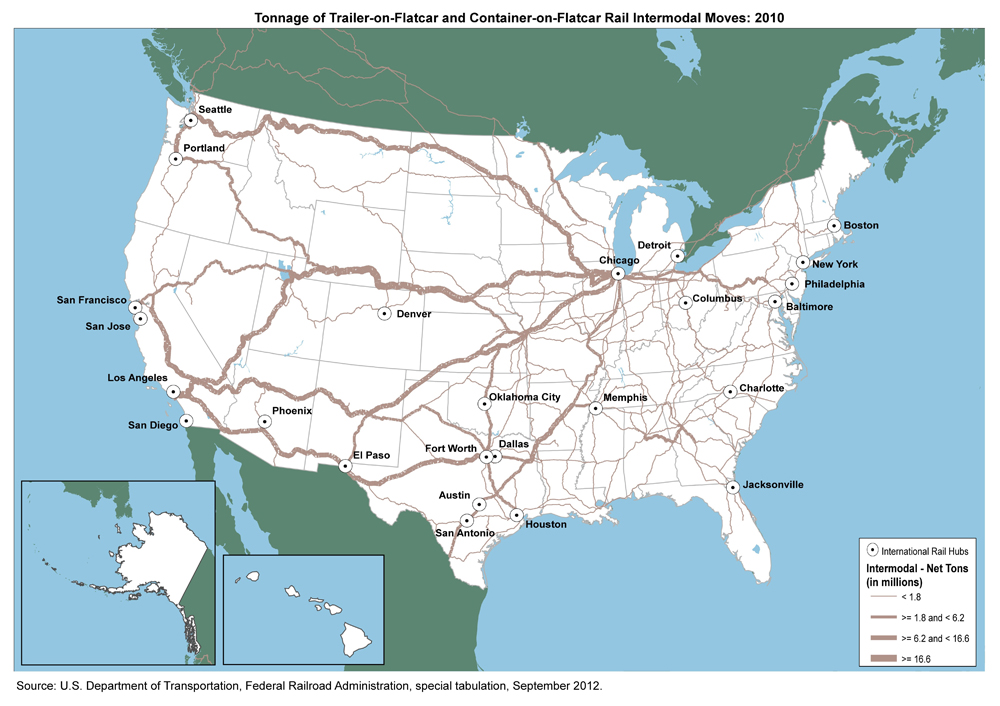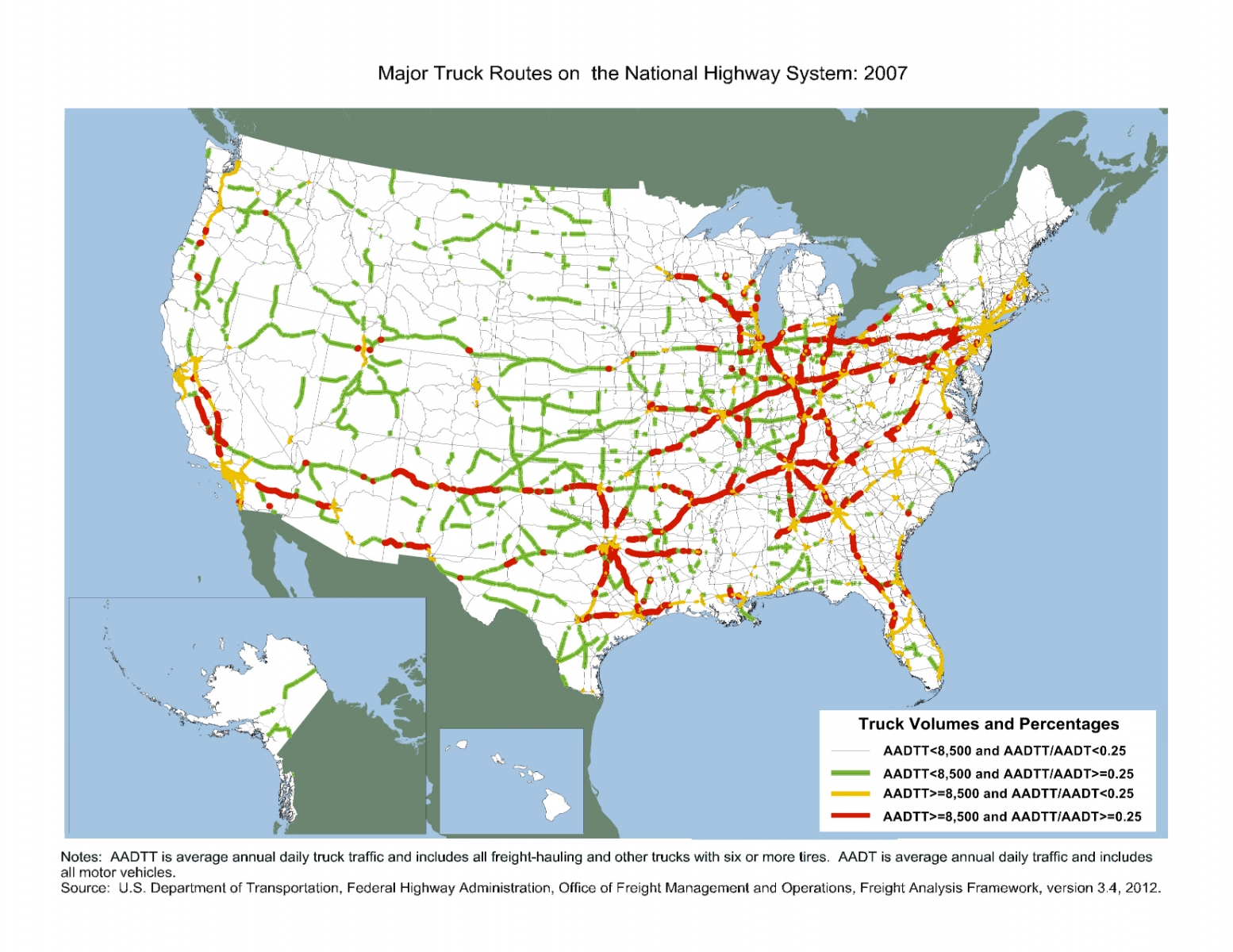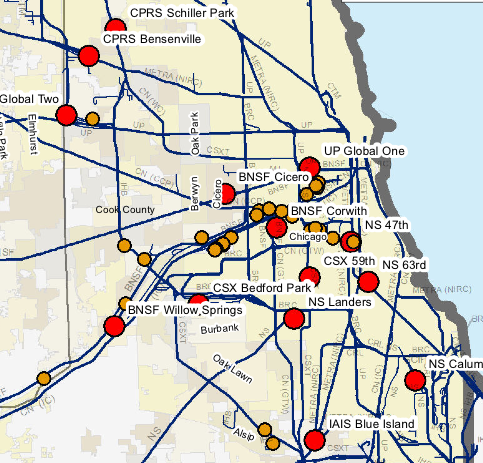In his piece on the Sinaloa Cartel, the massive Mexican drug organization that dominates the city's trade, Jason McGahan addresses something I've been wondering about for a long time—whether much of Chicago's illegal drug problem, and by extension much of its crime problem, is as much an accident of geography as anything.
McGahan is addressing an obvious question: why would a Mexican drug gang bother making a city so far north its American hub? His first answer should be clear to anyone who's read William Cronon's Nature's Metropolis:
Chicago is the transportation hub of America, a fact not lost on the Mexican cartels (just as it wasn’t on Capone and his fellow bootleggers almost a century ago). It’s ideally located within a day’s drive of 70 percent of the nation’s population. Six interstate highways crisscross the region, connecting east and west. Only two states (Texas and
California) have more interstate highway miles than Illinois.As for rail transport, Chicago welcomes six of the seven major railroads and accounts for a quarter of the country’s rail traffic. Water? The Port of Chicago is one of the nation’s largest inland cargo ports, and the city is the world’s third-largest handler of shipping containers (after Singapore and Hong Kong). And let’s not forget about Midway and O’Hare: More than 86 million passengers and 1.5 million tons of cargo passed through these airports combined in 2011, the latest year for which data are available.
Here's what being the "transportation hub of America" looks like.


And there's a hyperlocal aspect to it as well. McGahan writes:
According to a Cook County law enforcement officer familiar with the local drug trade, the Pilsen and Little Village neighborhoods, which are more than 80 percent Hispanic, are el eje (the axis) of drug distribution in the city. They’re conveniently located near the Stevenson, Dan Ryan, and Eisenhower Expressways, Metra’s Burlington Northern Santa Fe line, and a major industrial corridor off Blue Island Avenue.
Basically, Pilsen and Little Village are sandwiched in between Chicago's major intermodal facilities (red is a rail terminal, orange a container terminal):

Just to the west of Little Village is… Cicero. Al Capone's old base in the Hawthorne Hotel was on the east of the city, separated from Little Village by the BNSF line. Just to the north is the Eisenhower, aka the Heroin Highway.
This is not the first time that Chicago has become a hub for a major industry that seems inexplicably far away. The paradoxical profitability of such distance is why Chicago became a railroad hub in the late 1870s, which led to it becoming a transit hub in the 20th century as well as a financial center. As Cronon writes:
Companies sought freight and passengers that traveled long distances because handling costs—incurred mainly at the beginning and end of the trip—were identical no matter how long the journey. A railroad spent just as much time and money loading and unloading a carful of wheat whether it traveled one mile or a thousand miles, making it much easier to earn back costs on long shipments. Since longer journeys cost the railroad less, its managers were much more likely to offer low rates to an Iowa farm family if it shipped wheat to Chicago instead of to a town on the Mississippi River…. A manager at the Chicago, Burlington, and Quincy made the point even more graphically: "A Railroad is a cheap means of transportation for long distances and relatively less cheap as the distance diminishes until, when it becomes very small a wheel-barrow is the cheapest—and for still smaller distances a shovel.
The same principle is why FedEx relies on the Postal Service for the last leg of many of its deliveries. As McGahan writes, the Sinaloa gets the drugs to Chicago, then gets out of the chain.
And Chicago is a good place to do that, as one layer of infrastructure built upon another—water, trains, roads, and airports. It's why Chicago has become a global city, but its illicit trade, and its problems, thrive along the same tracks.



